Falcon Hypersonic Technology Vehicle
Falcon Hypersonic Technology Vehicle 2 (HTV-2), the fastest aircraft ever built is designed to fly anywhere in the world in less than 60 minutes, crashed into the Pacific Ocean, although officials said they were able to gather "unique data" that will guide the development effort.
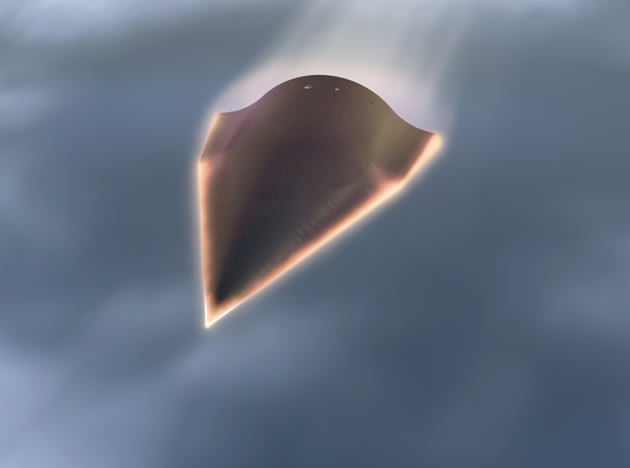
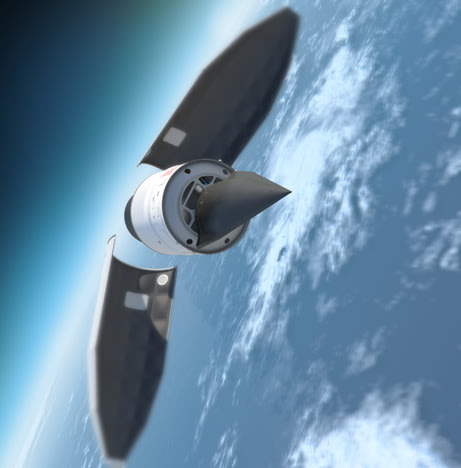
Flight one achieved many firsts: Deployed largest number of sea, land, air and space data collection assets in support of hypersonic flight test Maintained Global Positioning System (GPS) signals while traveling 3.6 miles per second; Validated two-way communication with the vehicle; Verified effective use of the Reaction Control System (RCS).

Three technical challenges exist within this HTV-2 flight regime. They are categorized as aerodynamic; aerothermal; and guidance, navigation and control. And each phase of flight introduces unique obstacles within these areas.
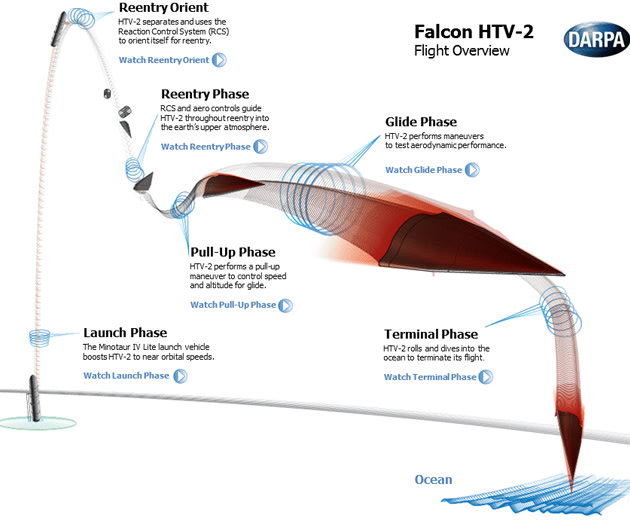
DARPA’s Falcon Hypersonic Technology Vehicle 2 (HTV-2) program is a multiyear research and development effort to increase the technical knowledge base and advance critical technologies to make long-duration hypersonic flight a reality.Mastery of three key technical challenges stands between the DoD and long-duration hypersonic flight: Aerodynamics; Aerothermal effects; and critical guidance, navigation and control.
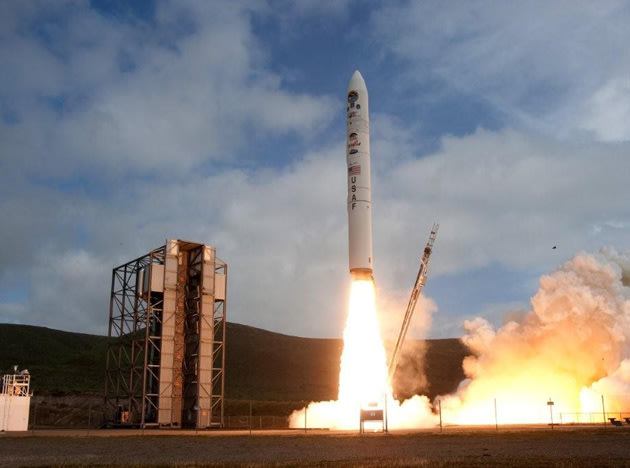
Historic first launch puts HTV-2 into suborbital flight.
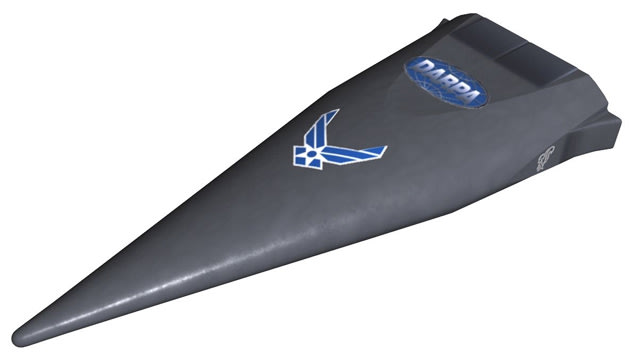
KIRTLAND AIR FORCE BASE, N.M. (AFMCNS) - Artist's drawing of the Falcon Hypersonic Technology Vehicle-1. (Courtesy photo of Russ Partch)
- Falcon Hypersonic Technology Vehicle 2 (HTV-2), the fastest aircraft ever built is designed to fly anywhere in the world in less than 60 minutes, crashed into the Pacific Ocean, although officials said they were able to gather "unique data" that will guide the development effort.
- Flight one achieved many firsts: Deployed largest number of sea, land, air and space data collection assets in support of hypersonic flight test Maintained Global Positioning System (GPS) signals while traveling 3.6 miles per second; Validated two-way communication with the vehicle; Verified effective use of the Reaction Control System (RCS).
- Three technical challenges exist within this HTV-2 flight regime. They are categorized as aerodynamic; aerothermal; and guidance, navigation and control. And each phase of flight introduces unique obstacles within these areas.
- DARPA’s Falcon Hypersonic Technology Vehicle 2 (HTV-2) program is a multiyear research and development effort to increase the technical knowledge base and advance critical technologies to make long-duration hypersonic flight a reality.Mastery of three key technical challenges stands between the DoD and long-duration hypersonic flight: Aerodynamics; Aerothermal effects; and critical guidance, navigation and control.
- Historic first launch puts HTV-2 into suborbital flight.

- Falcon Hypersonic Technology Vehicle 2 (HTV-2), the fastest aircraft ever built is designed to fly anywhere in the world in less than 60 minutes, crashed into the Pacific Ocean, although officials said they were able to gather "unique data" that will guide the development effort.
- Flight one achieved many firsts: Deployed largest number of sea, land, air and space data collection assets in support of hypersonic flight test Maintained Global Positioning System (GPS) signals while traveling 3.6 miles per second; Validated two-way communication with the vehicle; Verified effective use of the Reaction Control System (RCS).
- Three technical challenges exist within this HTV-2 flight regime. They are categorized as aerodynamic; aerothermal; and guidance, navigation and control. And each phase of flight introduces unique obstacles within these areas.
- DARPA’s Falcon Hypersonic Technology Vehicle 2 (HTV-2) program is a multiyear research and development effort to increase the technical knowledge base and advance critical technologies to make long-duration hypersonic flight a reality.Mastery of three key technical challenges stands between the DoD and long-duration hypersonic flight: Aerodynamics; Aerothermal effects; and critical guidance, navigation and control.
- Historic first launch puts HTV-2 into suborbital flight.
 Google’s Chrome
Google’s Chrome 


